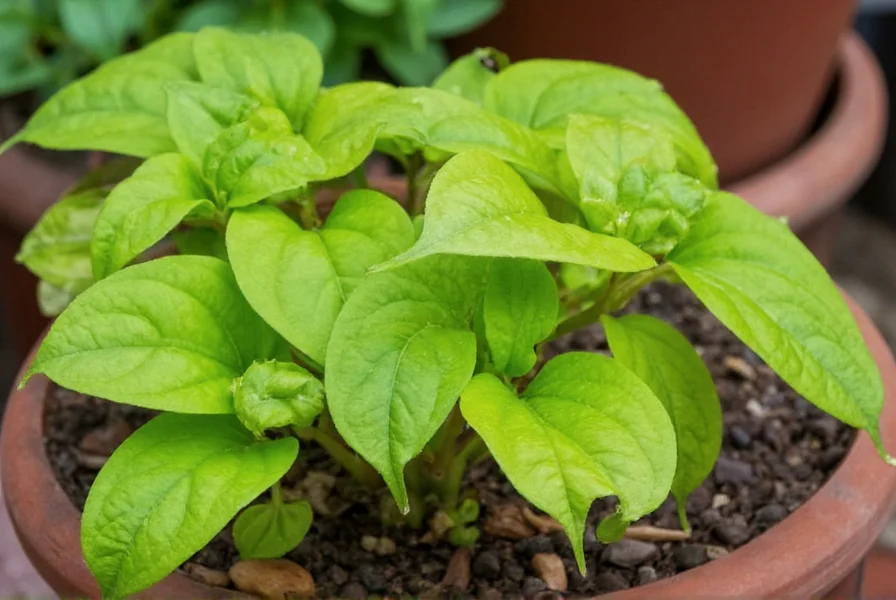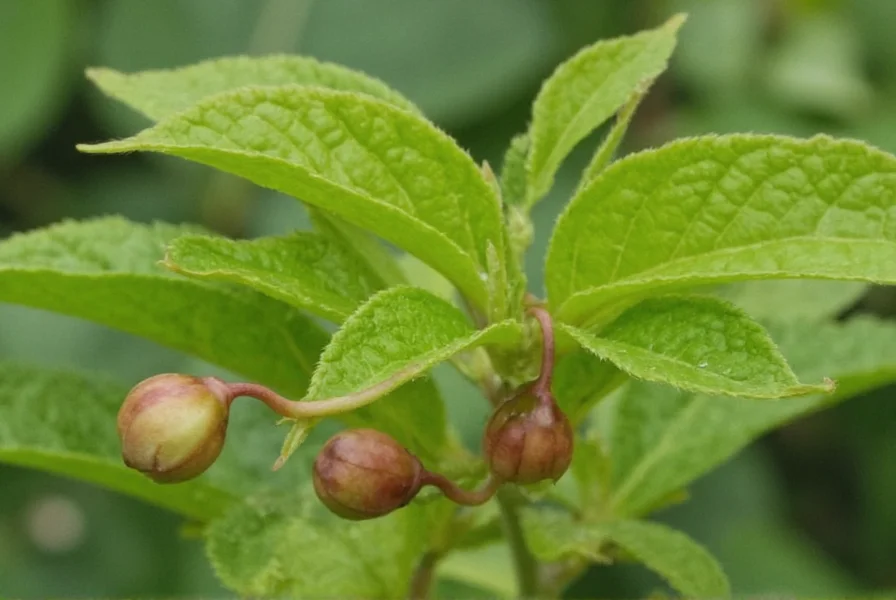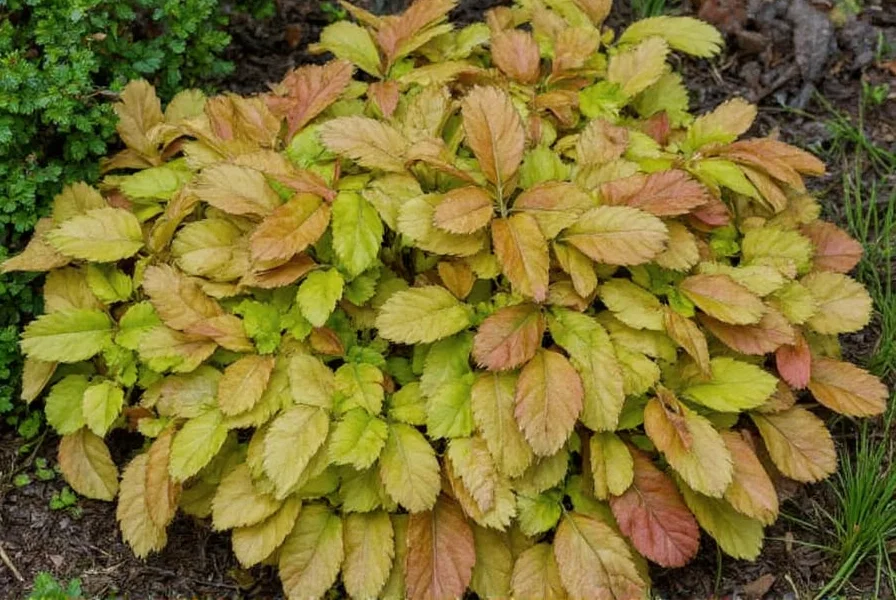As a distinctive cultivar of the native Asarum canadense species, wild ginger 'New Hope' offers gardeners a visually striking alternative to the standard variety. This perennial groundcover has gained popularity among native plant enthusiasts and shade garden designers for its unique aesthetic qualities and ecological benefits. Understanding the specific characteristics and requirements of this plant helps ensure successful cultivation in appropriate settings.
Botanical Background and Origin
Wild ginger 'New Hope' belongs to the Aristolochiaceae family and represents a selected cultivar of the common wild ginger (Asarum canadense) native to eastern North America. The 'New Hope' designation refers to its development and introduction through horticultural selection rather than natural hybridization. This cultivar was identified for its superior ornamental qualities, particularly the striking coppery-purple hue of its new spring growth that gradually transitions to a rich green as the leaves mature.
Physical Characteristics and Identification
What sets wild ginger 'New Hope' apart from standard Asarum canadense are several distinctive features:
| Characteristic | Wild Ginger 'New Hope' | Common Wild Ginger |
|---|---|---|
| Emerging Leaf Color | Coppery-purple | Green with slight purple tinge |
| Mature Leaf Size | 3-4 inches across | 2-3 inches across |
| Leaf Texture | Slightly thicker, more substantial | Thinner, more delicate |
| Flower Visibility | Slightly more elevated above foliage | Typically hidden beneath leaves |
The heart-shaped leaves of wild ginger 'New Hope' grow on short, hairy stems emerging from creeping rhizomes. In late spring, it produces small, maroon-brown flowers close to the ground, though these are often hidden beneath the foliage. The plant forms dense mats through rhizome spread, typically reaching 6-8 inches in height at maturity.

Growing Requirements and Care
Successful cultivation of wild ginger 'New Hope' depends on replicating its natural woodland habitat. This plant thrives in partial to full shade conditions, making it ideal for areas where many other plants struggle. Direct afternoon sun can scorch its delicate leaves, particularly in warmer climates.
For optimal growth, plant wild ginger 'New Hope' in soil that's consistently moist but well-drained, with high organic content. Amending planting areas with leaf mold, compost, or well-rotted manure creates the ideal growing medium. The plant prefers slightly acidic to neutral pH levels (5.5-7.0), which typically occurs naturally in woodland settings.
While established plants demonstrate moderate drought tolerance, consistent moisture produces the most vigorous growth. During extended dry periods, supplemental watering helps maintain the plant's attractive appearance. Mulching with shredded leaves or pine needles helps retain moisture and mimics the plant's natural forest floor environment.
Landscape Applications
Wild ginger 'New Hope' serves multiple valuable functions in sustainable landscape design. Its dense growth habit makes it an excellent groundcover for shaded areas where turf grass fails to thrive. Gardeners seeking alternatives to traditional mulch appreciate how this native plant forms a living carpet that suppresses weeds while enhancing soil health.
Consider these landscape applications for wild ginger new hope:
- Woodland garden understorey planting
- Erosion control on shaded slopes
- Naturalized areas in native plant gardens
- Foundation plantings on north or east sides of buildings
- Companion planting with ferns, trilliums, and other shade-loving natives
When designing with wild ginger new hope, space plants 12-18 inches apart to allow for adequate spreading. The plant typically takes 2-3 years to form a dense, continuous groundcover through rhizome expansion.
Ecological Benefits and Wildlife Value
As a native plant cultivar, wild ginger 'New Hope' provides significant ecological benefits. The dense foliage creates protective cover for ground-dwelling insects and small animals. While the flowers aren't particularly showy to human observers, they attract specialized pollinators including certain species of flies and beetles that have co-evolved with native ginger species.
Unlike some non-native groundcovers, wild ginger new hope doesn't become invasive in natural areas. Its growth rate is moderate, and it remains well-behaved in garden settings. This makes it an excellent choice for gardeners seeking to support local ecosystems while maintaining an attractive landscape.
Propagation and Establishment
Gardeners can establish wild ginger 'New Hope' through several methods. The most reliable approach involves dividing established clumps during early spring or fall. When dividing, ensure each section contains both rhizome segments and attached leaves for best results.
While wild ginger new hope does produce seeds, propagation from seed proves challenging due to specific germination requirements and slow initial growth. Gardeners seeking quicker results typically opt for division or purchasing established plants from reputable native plant nurseries.
When planting wild ginger new hope, position the rhizomes horizontally about 1-2 inches below the soil surface. Water thoroughly after planting and maintain consistent moisture during the establishment period, which typically lasts one growing season.

Common Challenges and Solutions
Wild ginger 'New Hope' generally proves resistant to most pests and diseases when grown in appropriate conditions. However, certain issues may arise:
- Slugs and snails: These may occasionally feed on the leaves, particularly in excessively moist conditions. Hand-picking or organic slug control methods typically resolve this issue.
- Leaf scorch: Results from too much direct sunlight. Relocate plants to shadier areas or provide additional canopy cover.
- Slow establishment: Wild ginger new hope may appear to grow slowly during the first year as it develops its root system. Patience yields rewards as growth accelerates in subsequent seasons.
- Winter dieback: In colder zones, the foliage may die back completely but will reliably return in spring from the hardy rhizomes.
Comparing Wild Ginger Cultivars
Gardeners exploring wild ginger options should understand the differences between available cultivars. While wild ginger 'New Hope' offers distinctive emerging leaf coloration, other cultivars provide different benefits:
- Asarum canadense 'Kentucky Wildcat': Features larger leaves with more pronounced silver marbling
- Asarum shuttleworthii: A southern species with glossy, heart-shaped leaves
- Asarum europaeum: A non-native European species with evergreen foliage
For those specifically seeking the unique coppery emerging foliage, wild ginger new hope care guide recommendations emphasize maintaining consistent moisture and avoiding harsh sunlight to preserve the distinctive coloration that makes this cultivar special.
Seasonal Care Calendar
Understanding the seasonal rhythm of wild ginger 'New Hope' helps gardeners provide appropriate care throughout the year:
- Spring: Watch for the distinctive coppery emerging leaves; apply organic mulch to retain moisture
- Summer: Maintain consistent moisture; monitor for occasional slug damage
- Fall: Leave fallen leaves in place to provide natural mulch and protection
- Winter: No special care needed; the rhizomes remain hardy through cold temperatures
Unlike many garden plants, wild ginger new hope requires minimal maintenance once established. The plant naturally declines in late summer, with foliage dying back completely in colder climates by late fall. This dormancy period is essential for the plant's health and vigor the following season.
Conclusion
Wild ginger 'New Hope' represents an excellent choice for gardeners seeking attractive, low-maintenance native groundcovers for shaded areas. Its distinctive emerging foliage color, ecological benefits, and adaptability to challenging woodland conditions make it a valuable addition to sustainable landscapes. By understanding the specific requirements of wild ginger new hope, gardeners can successfully incorporate this beautiful native plant into their gardens while supporting local ecosystems.
Frequently Asked Questions
Is wild ginger 'New Hope' edible?
No, wild ginger 'New Hope' contains aristolochic acids which are potentially harmful if consumed. Despite its common name, it's not related to culinary ginger (Zingiber officinale) and should not be used as a food source.
How quickly does wild ginger 'New Hope' spread?
Wild ginger 'New Hope' spreads gradually through rhizomes, typically expanding 3-6 inches per year. It takes 2-3 years to form a dense groundcover when planted at recommended spacing of 12-18 inches apart.
Can wild ginger 'New Hope' grow in full shade?
Yes, wild ginger 'New Hope' thrives in partial to full shade conditions. It performs best with dappled sunlight or morning sun with afternoon shade. In deep shade, growth may be slightly slower but remains healthy.
Is wild ginger 'New Hope' deer resistant?
Yes, wild ginger 'New Hope' demonstrates good deer resistance. The plant contains compounds that make it unpalatable to deer and other browsing animals, making it an excellent choice for areas with deer pressure.
What are the best companion plants for wild ginger 'New Hope'?
Excellent companion plants include native ferns (such as Christmas fern), trilliums, bloodroot, bluebells, and other shade-loving woodland species. These plants share similar growing requirements and create a naturalistic woodland garden appearance.











 浙公网安备
33010002000092号
浙公网安备
33010002000092号 浙B2-20120091-4
浙B2-20120091-4